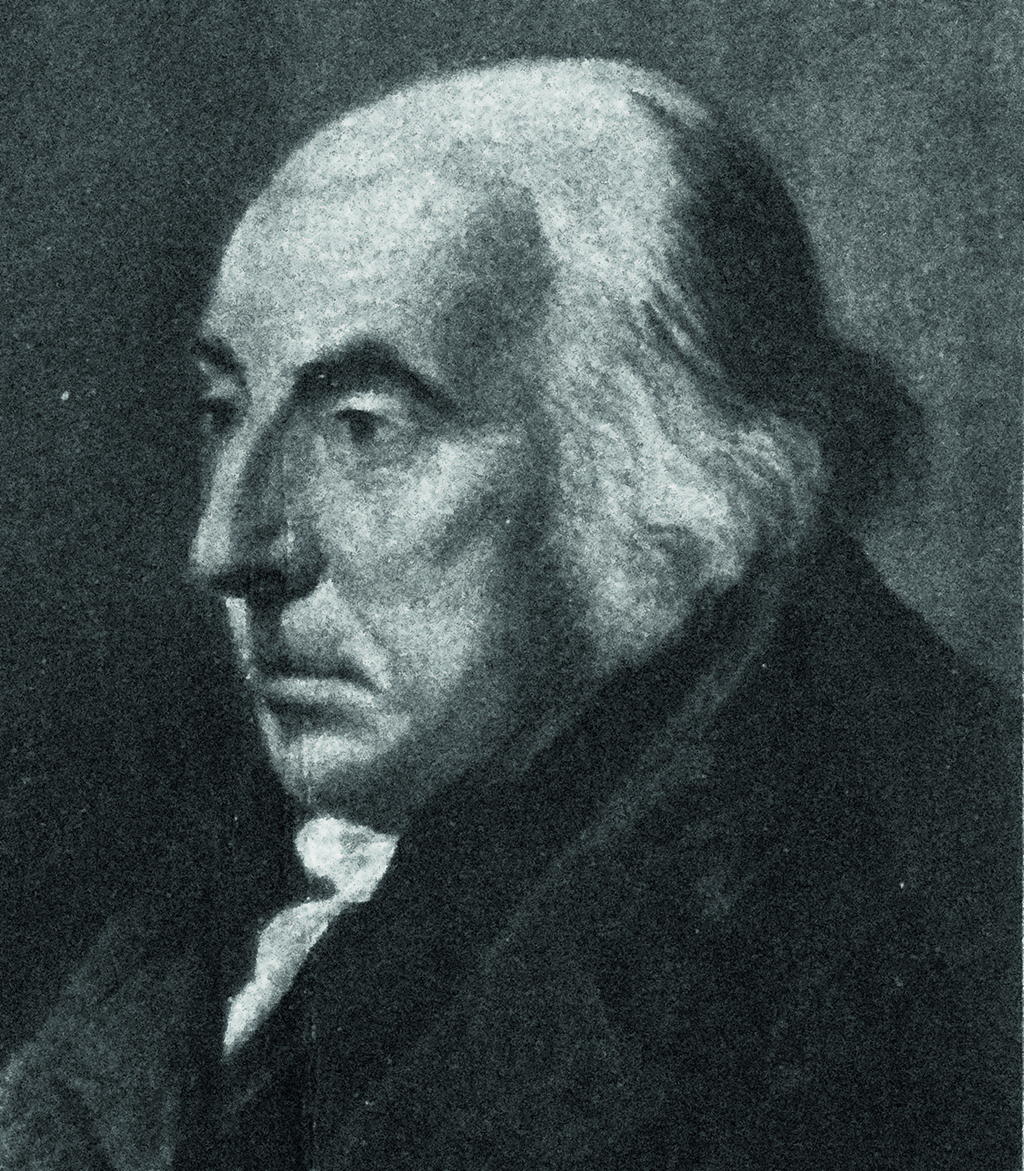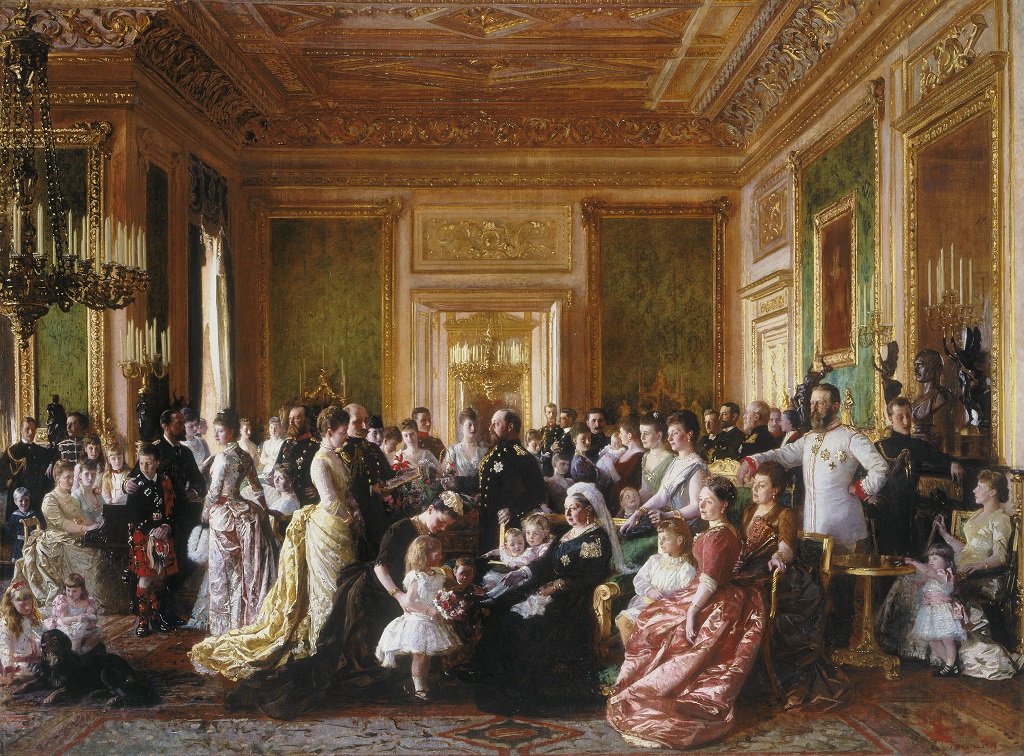A new exhibition will explore the 300-year relationship between the British and Russian royal dynasties.
Three of Fabergé’s celebrated Imperial Easter eggs; a fashionable Russian-style dress worn by Princess Charlotte, daughter of George IV; and a portrait of the last Emperor of Russia wearing the uniform of his Scottish regiment are among more than 170 works in the new exhibition Russia, Royalty & the Romanovs, opening at The Queen’s Gallery, Palace of Holyroodhouse tomorrow (Friday, 21 June).
Russia, Royalty and the Romanovs examines the familial and diplomatic links between Britain and Russia and their royal families over a period of 300 years, beginning with Peter the Great’s visit to Britain in 1698.
It is the first exhibition from the Royal Collection to explore these historic links through decorative arts, paintings, jewellery, costume, books, letters and photographs, many of which were exchanged as diplomatic gifts or intimate personal mementos. The majority of works in the exhibition are on display in Scotland for the first time.
Empress Catherine II (Catherine the Great) established Russia as one of the great powers in Europe during the 18th century. The Empress’s coronation portrait by Vigilius Eriksen, c.1765–9, is thought to have been a diplomatic gift to George III. Measuring almost three metres tall, the portrait is a clear statement of magnificence and power.

Charles Cameron
Throughout her reign, Catherine looked to British experts for skills and ideas. As part of this cultural exchange, the Scottish architect Charles Cameron created two of the finest 18th-century palaces in Russia, at Tsarskoe Selo and Pavlovsk, and Princess Dashkova, Catherine’s close friend and a major figure of the Russian Enlightenment, spent two years living at the Palace of Holyroodhouse.
Emperor Alexander I visited London in 1814, and his presence may have influenced a fashion for Russian clothing. A Russian-style dress belonging to Princess Charlotte, daughter of George IV, has a drawstring waist to accommodate the Princess’s pregnancy, as seen in her portrait by George Dawe of 1817.
Princess Charlotte died during childbirth and was widely mourned by the British public. The dress, on display in Scotland for the first time, is thought to have survived as it was particularly treasured in the tragic circumstances.
Works by Carl Fabergé illustrate the shared patronage of the renowned jewellery house by the British and Russian royal families in the early 20th century, when pieces were often exchanged as gifts.
The most significant additions to the group of Fabergé works in the Royal Collection were made by King George V and Queen Mary, who purchased the Basket of Flowers, Colonnade and Mosaic Eggs in the 1930s. The eggs were originally commissioned by Nicholas II, the last Emperor of Russia, for his wife Alexandra Feodorovna.
The Mosaic Egg is one of the most technically sophisticated of all Fabergé’s creations. The ‘shell’ is made from a platinum mesh into which are fitted tiny diamonds, rubies, topaz, sapphires, garnets, pearls and emeralds to form a floral motif. Within the egg sits a ‘surprise’, a medallion painted with the portraits of the five children of Nicholas and Alexandra. An Elephant Automaton, recently discovered to be the missing surprise from the Diamond Trellis Egg, is also shown in the exhibition.

One of the paintings which will be on show as part of Russia: Royalty and the Romanovs (Photo: Royal Collection Trust/ Her Majesty Queen Elizabeth)
Queen Victoria’s 63-year rule spanned the reigns of four Russian emperors, and the British, Russian and Danish royal families were linked through the marriages of a number of her children and grandchildren. These dynastic links were captured by the Danish artist Laurits Regner Tuxen in his painting The Family of Queen Victoria in 1887, which was commissioned to celebrate the Queen’s Golden Jubilee that year and shows her at Windsor Castle surrounded by more than 50 members of her extended family.
Scotland was a focal point for regular family reunions, and in October 1896 Queen Victoria was visited by her granddaughter Alexandra Feodorovna and her husband Nicholas II at Balmoral Castle. The visit was documented in a watercolour by Orlando Norie, which shows Highlanders lined up with flaming torches to mark the departure of the Emperor and Empress, and in the first ever film footage of the royal family.
During his visit to Balmoral, Nicholas II wore the uniform of the 2nd Dragoons (Royal Scots Greys), to which he had been appointed colonel-in-chief by Queen Victoria on the occasion of his marriage in 1894. The Emperor chose to wear the uniform again in a portrait by Nikolai Petrovich Bogdanov-Belsky, which was presented to King Edward VII shortly before the Imperial Family made their last visit to Britain in 1909. To this day the Royal Scots Dragoon Guards (formerly the Royal Scots Greys) play the Russian Imperial anthem in memory of their former colonel-in-chief.
Russia: Royalty and the Romanovs is at The Queen’s Gallery, Palace of Holyroodhouse, 21 June–3 November 2019. The exhibition forms part of the Edinburgh Art Festival 2019 programme.
The accompanying publication Russia: Art, Royalty & the Romanovs is published by Royal Collection Trust, £29.95 from Royal Collection Trust shops and www.rct.uk/shop.
Visitor information and tickets for The Queen’s Gallery, Palace of Holyroodhouse: www.rct.uk
TAGS

